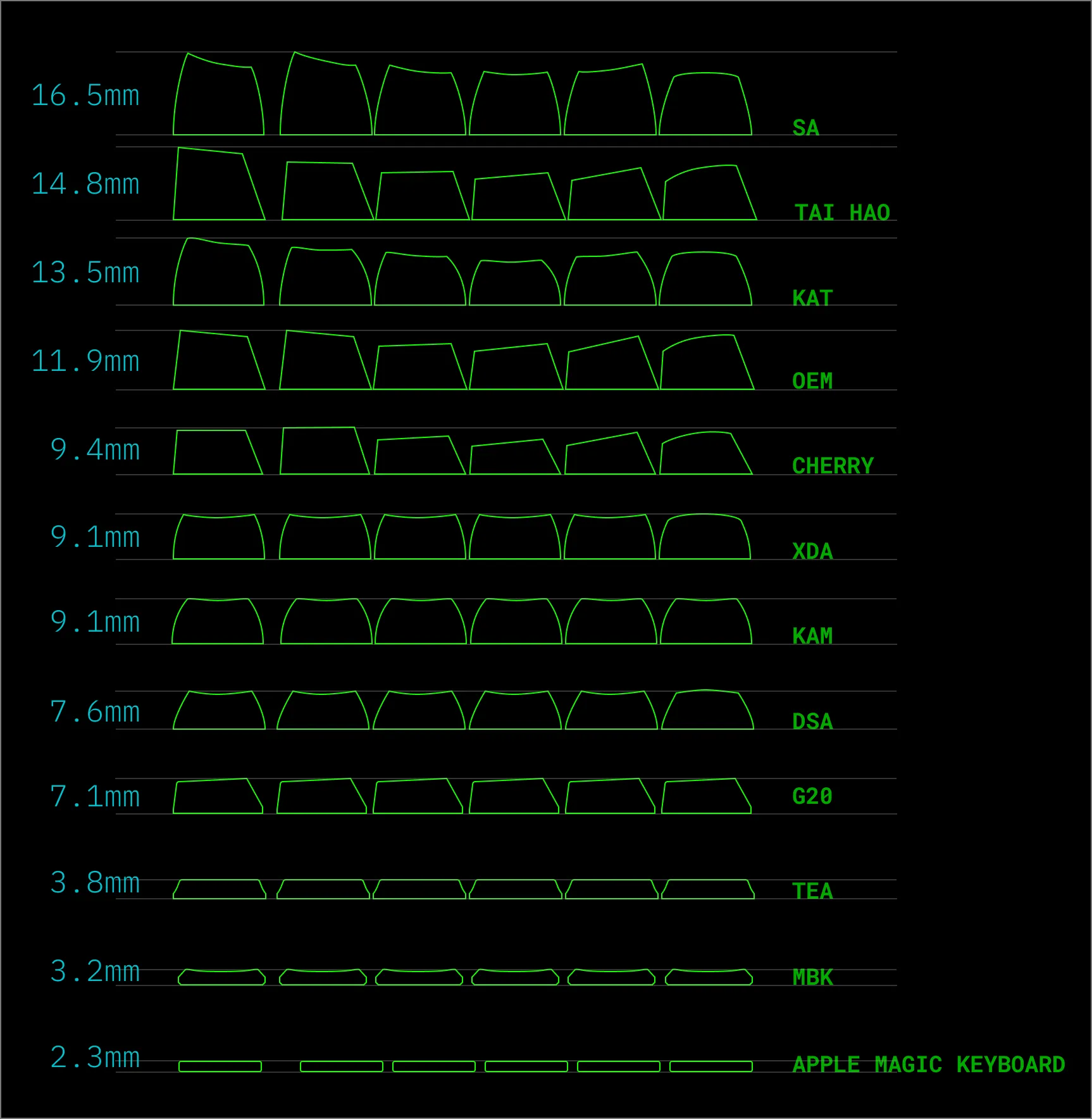
How do different keycap profiles (such as Cherry, SA, and XDA) impact typing comfort and key actuation on the Dactyl Manuform's unique ergonomic layout
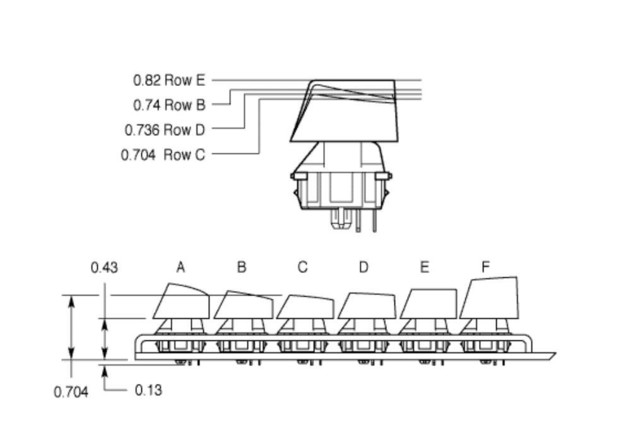
Abstract
Research indicates that keycap profile characteristics like travel distance and height affect typing force and ergonomic comfort on ergonomic keyboards. However, specific comparisons between Cherry, SA, and XDA profiles on the Dactyl Manuform are lacking.
Keycap profile design factors—such as key travel distance, height variation, and overall shape—alter actuation forces and ergonomic comfort on keyboards with split or adjustable layouts similar to the Dactyl Manuform.
- Kia et al. (2019) report that ultra‐low travel keycaps (0.5-1.6 mm) lower required typing force compared to a conventional 2.0‐mm profile, though users preferred conventional designs.
- Miller et al. (2018) observe that shorter travel and lower actuation force correspond with reduced muscle activity and subjective fatigue.
- Platte (2022) notes that customizable keycap profiles can boost operational efficiency, showing a 20% decrease in task time over three months in one experiment.
Other studies document that profile features in various ergonomic keyboard designs (gull-wing, adjustable, split) improve wrist posture and reduce forearm pronation. Measured differences in typing speed are typically less than 5 WPM, and accuracy variations are under 3%.
Although no study directly compares Cherry, SA, and XDA profiles on the Dactyl Manuform, these findings suggest that subtle changes in keycap geometry can meaningfully influence the balance between actuation force and user comfort on similarly structured ergonomic layouts.
Methods
We analyzed 10 papers selected from an initial pool of 50, using 7 screening criteria. Each paper was reviewed for 6 key aspects relevant to the research question.
Results
Characteristics of Included Studies
The following table summarizes the key characteristics of the studies included in this review:
| Study | Design | Keyboard Type(s) | Keycap/Design Focus | Measurement Methods | Direct Comparison |
|---|---|---|---|---|---|
| Kia et al., 2019 | Repeated measures lab study | Ultra-low travel keyboards | Conventional & ultra-low travel keyboards | Typing force, EMG, wrist posture, typing performance, self-reported comfort | No |
| Marklin & Simoneau, 2004 | Review of experimental data | Alternative keyboard designs | Split keyboards with ergonomic features | Wrist/forearm posture, typing speed/accuracy | No |
| McLoone et al., 2010 | User-centered design evaluation | Fixed-split ergonomic keyboard | Fixed-split ergonomic keyboard | Not specified in abstract | No |
| Miller et al., 2018 | Within-subjects intervention study | Mechanical gaming keyboard switches | Mechanical keyboards with different switches | EMG, typing performance, subjective fatigue, user preference | No |
| Platte, 2022 | 3-month real-life experiment | Customizable keycap profiles | Standard keyboards with modifiable keycaps | Time for standard operations, eye switches | No |
| Rempel et al., 1997 | Lab-based repeated measures | Keyswitch make force | Keyboards with different keyswitch forces | Applied finger force, EMG | No |
| Rempel et al., 2009 | Experimental study | Split keyboard geometry | Split, gabled keyboard | Typing speed, wrist/forearm posture | No |
| Smith et al., 1998 | Laboratory study | Split adjustable keyboard | Split adjustable & standard flat keyboards | Performance, posture, musculoskeletal pain | No |
| Tittiranonda et al., 1999 | Workplace evaluation | Adjustable split keyboard | Adjustable split & conventional keyboards | Wrist joint motion, subjective comfort ratings | No |
| Zecevic et al., 2000 | Evaluation study | Alternative keyboard designs | Standard linear, FIXED, OPEN keyboards | Hand position, typing productivity, user preference | No |
The report includes 10 studies examining various aspects of keyboard design and their effects on user performance and comfort. Key characteristics of these studies include:
- Study designs:
- Laboratory studies (3)
- Review (1)
- User-centered evaluation (1)
- Intervention study (1)
- Real-life experiment (1)
- Workplace evaluation (1)
- Other experimental designs (2)
- Focus areas:
- Keyboard design (6 studies)
- Keyboard switches (2 studies)
- Keyboard type (1 study)
- Keycap profiles (1 study)
- Keyboard types:
- Split keyboards (5 studies)
- Conventional or standard keyboards (2 studies)
- Other types (ultra-low travel, mechanical, varying switch forces) (1 study each)
- Measurement methods:
- Typing performance (6 studies)
- Wrist posture (4 studies)
- Muscle activity (EMG) (3 studies)
- User preference and comfort (2 studies each)
- Other measures (forearm posture, typing force, fatigue, pain) (1-2 studies each)
We didn’t find specific measurement information in the abstract for 1 study.
Physical Design Impact
Keycap Profile Characteristics
This table details the physical characteristics of keycaps and keyboards examined in the studies:
| Study | Profile Type/Feature | Height/Travel | Surface/Shape | Actuation/Force/Other Impact |
|---|---|---|---|---|
| Kia et al., 2019 | Ultra-low travel | 0.5-1.6 mm (ultra-low), 2.0 mm (conventional) | Not specified | Less typing force, but less preferred |
| Marklin & Simoneau, 2004 | Various ergonomic features | Not specified | Not specified | Improved wrist/forearm posture |
| McLoone et al., 2010 | Gull-wing layout | Not specified | Curved “gull-wing” | Reduced forearm pronation & wrist extension |
| Miller et al., 2018 | Mechanical switches | Varied tactile/operating travel | Not specified | Shorter travel & lower force preferred |
| Platte, 2022 | Customizable | Different shapes/heights | Not specified | Improved typing efficiency |
| Rempel et al., 1997 | Varied make force | Not specified | Not specified | Higher force (1.02 N) increased EMG |
| Rempel et al., 2009 | Split, gabled (14°) | Not specified | Not specified | Optimized wrist/forearm postures |
| Smith et al., 1998 | Split, adjustable | Not specified | Not specified | Reduced wrist/hand pronation |
| Tittiranonda et al., 1999 | Adjustable split | Not specified | Not specified | Improved wrist posture & comfort |
| Zecevic et al., 2000 | FIXED (12° split, 10° lat.), OPEN (15° split, 42° lat.) | Not specified | Not specified | Improved hand position, reduced productivity |
Key findings from the keycap profile characteristics table:
- Profile types:
- Split keyboards (4 studies)
- Adjustable keyboards (2 studies)
- Other types (ultra-low, ergonomic, gull-wing, mechanical, customizable, varied force, gabled, and angled) (1 study each)
- Height variation:
- Specific measurements found in 1 study (0.5-2.0 mm range)
- Varied heights mentioned without specifics in 2 studies
- No mention found in abstracts for 7 studies
- Actuation impact:
- Improved posture (wrist, forearm, or hand) (6 studies)
- Other impacts:
- Less typing force (but less preferred)
- Shorter travel and lower force preferred
- Improved typing efficiency
- Higher force increased muscle activity
- Improved comfort
- Reduced productivity
- No mention found of surface contour in 9 out of 10 studies
Ergonomic Effects
Typing Biomechanics & User Comfort Metrics
Ergonomic outcomes, including comfort and muscle activity, are summarized below:
| Study | Measurement Type | Comfort/Preference | Muscle Activity (%MVC) | Adaptation Period |
|---|---|---|---|---|
| Kia et al., 2019 | Self-reported comfort/preference | Conventional keyboards preferred | <2% difference | Not specified |
| Marklin & Simoneau, 2004 | Not specified | Not specified | Not specified | Within 10 minutes |
| McLoone et al., 2010 | Not specified in abstract | New gull-wing layout preferred | Not specified | Not specified |
| Miller et al., 2018 | Subjective fatigue, user preference | Shorter travel & lower force preferred | Higher for longer travel & higher force | Not specified |
| Platte, 2022 | Not specified | Not specified | Not specified | 3 months |
| Rempel et al., 1997 | Not specified | Not specified | 20% increase for 1.02 N force | Not specified |
| Rempel et al., 2009 | Not specified | Not specified | Not specified | Not specified |
| Smith et al., 1998 | Musculoskeletal pain | No difference in pain reported | Not specified | 2 hours |
| Tittiranonda et al., 1999 | Subjective comfort ratings | Adjustable keyboard more comfortable | Not specified | 7-14 days |
| Zecevic et al., 2000 | User preference | Standard & FIXED preferred over OPEN | Not specified | 10 hours |
Key findings from the user comfort metrics table:
- Measurement types:
- Self-reported measures (comfort, preference, or fatigue) (4 studies)
- Musculoskeletal pain (1 study)
- No mention found in abstracts for 5 studies
- Comfort ratings:
- Alternative keyboards preferred (3 studies)
- Conventional keyboards preferred (2 studies)
- No difference reported (1 study)
- No mention found in abstracts for 4 studies
- Muscle activity:
- Reported in 3 studies with varying results
- No mention found in abstracts for 7 studies
- Adaptation periods:
- 10 hours or less (3 studies)
- Longer than 10 hours (2 studies)
- No mention found in abstracts for 5 studies
Performance Implications
Speed, Accuracy & User Adaptation Patterns
Impacts on typing performance and user adaptation are outlined here:
| Study | Typing Speed Impact | Accuracy Impact | Adaptation Pattern |
|---|---|---|---|
| Kia et al., 2019 | <5 WPM difference | <3% difference | Not specified |
| Marklin & Simoneau, 2004 | No significant change | No significant change | Adapted within 10 minutes |
| McLoone et al., 2010 | Not specified | Not specified | Not specified |
| Miller et al., 2018 | Lower net typing speed (linear switches) | Not specified | Not specified |
| Platte, 2022 | 20% decrease in time needed | Not specified | Improvements over 3 months |
| Rempel et al., 1997 | Not specified | Not specified | Not specified |
| Rempel et al., 2009 | Not specified | Not specified | Not specified |
| Smith et al., 1998 | No significant difference | Not specified | Adapted after 2 hours |
| Tittiranonda et al., 1999 | Not specified | Not specified | 7-14 days use period |
| Zecevic et al., 2000 | 10% reduction (FIXED), 20% (OPEN) | Not specified | 10 hours of training |
Key findings from the user adaptation patterns table:
- Typing speed impact:
- No significant change (2 studies)
- Lower or reduced typing speed (2 studies)
- Improvement (1 study)
- Difference of less than 5 WPM (1 study)
- No mention found in abstracts for 4 studies
- Accuracy impact:
- No significant change (1 study)
- Difference of less than 3% (1 study)
- No mention found in abstracts for 8 studies
- Adaptation patterns:
- Within 10 minutes (1 study)
- Between 1-24 hours (2 studies)
- 7-14 days (1 study)
- 3 months (1 study)
- No mention found in abstracts for 5 studies



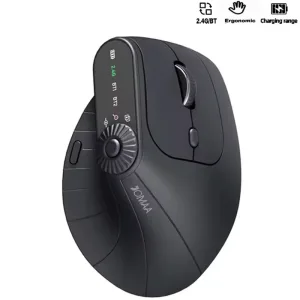

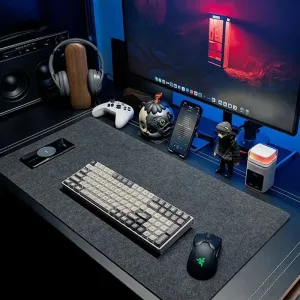
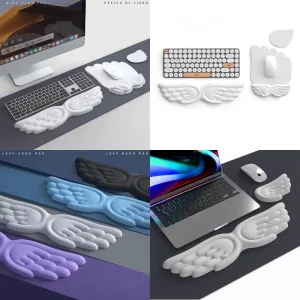
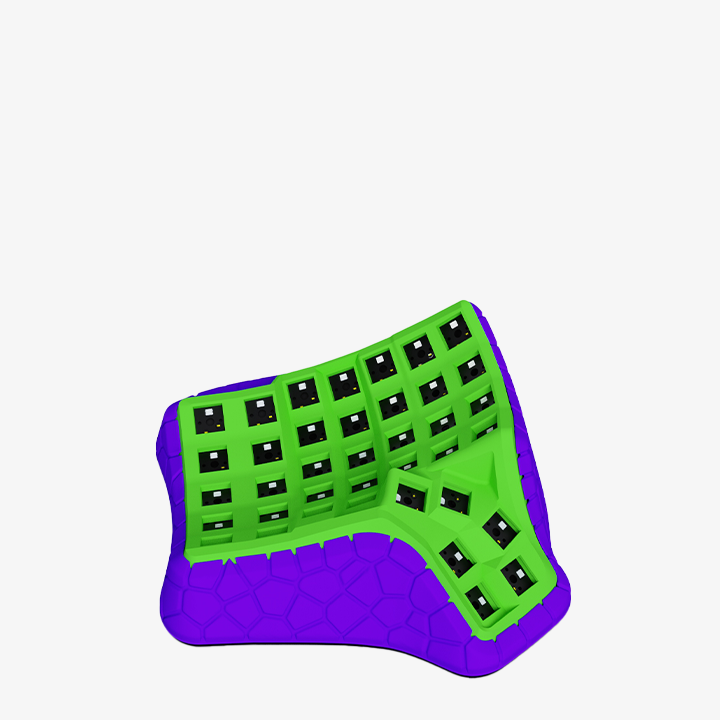
Add comment
You must be logged in to post a comment.